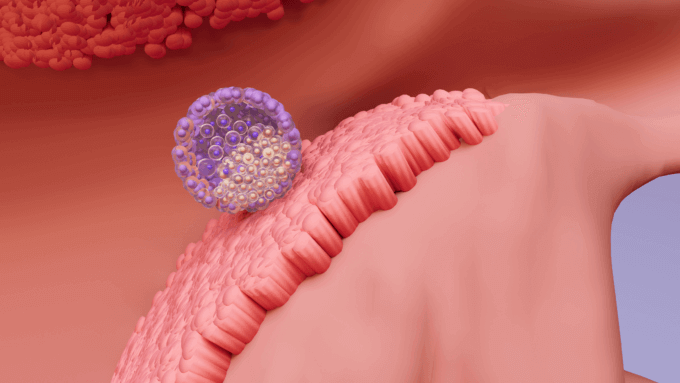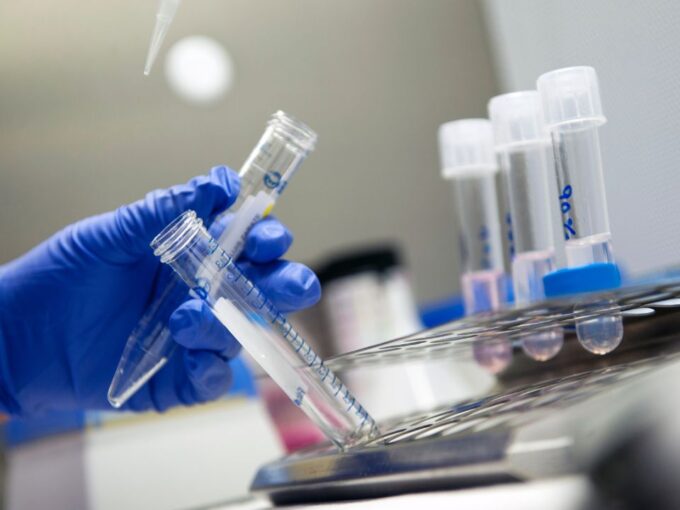



Implantation failure is diagnosed when a baby has not been achieved after at least three cycles of In Vitro Fertilization (IVF) or the transfer of more than ten good-quality embryos.
Currently, there are highly effective solutions for each of the causes of implantation failure, including the transfer of embryos at the blastocyst stage (day 5 of embryonic development), preimplantation genetic diagnosis, and assisted hatching.

Embryonic implantation is a complex process that requires a healthy embryo, a receptive endometrium, and a close dialogue between the two.
In the field of assisted reproduction, implantation failure is diagnosed when a baby has not been achieved after at least three cycles of In Vitro Fertilization (IVF) or the transfer of a total of ten good-quality embryos.
There are many causes of implantation failure, and both embryonic problems and problems with the uterine environment may be involved:
Several tests can be used to determine the causes of implantation failure:

It is important to note that a detailed evaluation of the cycles performed so far (number of eggs obtained, fertilization rate, techniques used, and embryonic development) is essential to establish an accurate prognosis.
Knowing the causes of implantation failure is essential when selecting a treatment that allows a baby to be achieved with the least amount of wear and tear. Currently, there are highly effective solutions for each of these causes.
When implantation failure is associated with immunological problems, these can be easily treated with medication, while if it is due to problems with the uterine environment, the treatment varies depending on the cause and can range from hormonal therapy to surgery in very specific cases. However, when implantation failure is due to embryonic problems, the main treatments include:
Until a few years ago, all embryos were transferred on the third day after fertilization because it was impossible to keep them alive in a laboratory, but today technology allows us to cultivate them for longer, which facilitates the selection of embryos of higher quality and with greater implantation power.
This technique allows only embryos free of chromosomal abnormalities (aneuploidies) to be transferred to the mother's uterus. This is related to implantation failure, recurrent pregnancy loss, and the age of the woman since as she advances, the risk of presenting chromosomal abnormalities in the baby increases.
This is why transferring only embryos free of these genetic alterations allows us to maximize the chances of implantation, pregnancy, and having a baby at home regardless of the woman's age.
Before implantation in the uterus, the embryo must be released from the membrane that surrounds it (zona pellucida) to come into direct contact with the cells of the endometrium. In some cases, implantation failure is due to the embryo's inability to leave the zona pellucida and it is necessary to facilitate this process to increase the probability of implantation.

At Ingenes we have embryologists who are experts in micromanipulation techniques, which allows us to carry out the assisted hatching procedure using laser beams quickly and precisely without causing any damage to the embryos.